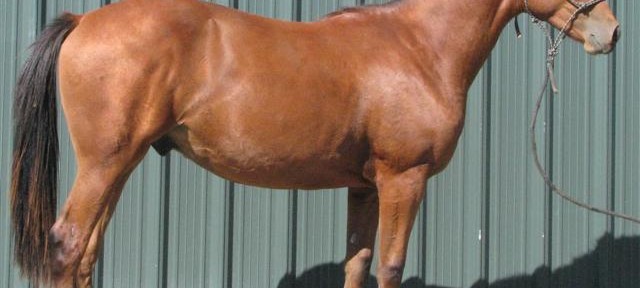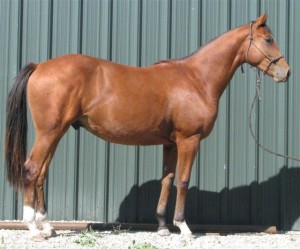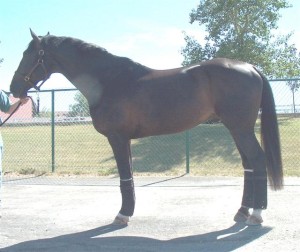It’s that time of year again… when my brain tries to hibernate. Not really, but I am kicking myself for not writing this particular post earlier.
Breeding season and the approach of the outdoor riding season correlate with an increase in requests for functional conformation analyses, and, in the online versions, the client provides the photos (sometimes supplemented with video).
What is needed to assure the most accurate assessment possible? Here’s a bit of a guide.
Photos
– One photo of each side taken with the lens aimed at the middle of the underline of the torso and the horse’s legs closest to camera furthest apart. The horse should be standing on a level surface.
– One rear view and one front view – both with the horse standing square.
– Sufficient light so that muscle development and skeletal points are clearly visible. There should not be a light source behind the horse. This is particularly important on dark-coated horses.
Here are a few examples that can be downloaded and printed for reference:
Photos suitable for Conformation Analysis – suitable.pdf
Photos unsuitable for Conformation Analysis – unsuitable.pdf
Videos
– Short clips of upward and downward transitions plus over fences, if that is part of the expected use.
– Free movement (flat and/or jumping) is often more informative than under saddle work.
Tips
Ceci (www.imagesbyceci.com), a photographer friend, had a few useful suggestions to share.
– Allow enough time so that you can be patient, and be prepared. Be ready to shoot (zoom set, etc.) if horse happens into the right stance.
– Turn off the camera’s flash for two reasons: risk of scaring the horse and flatness to the photo.
– The best times of day to shoot are early morning or late afternoon – not high noon.
– Kneel or crouch if need be and hold the camera steady by keeping your elbows to your side and one hand under the camera. No holding the camera at arm’s length.
I hope this helps you.
P.S. Sometimes I have to settle for less than ideal stances when taking photos of top competition horses rather than annoy the people who have been kind enough to let me take photos.



